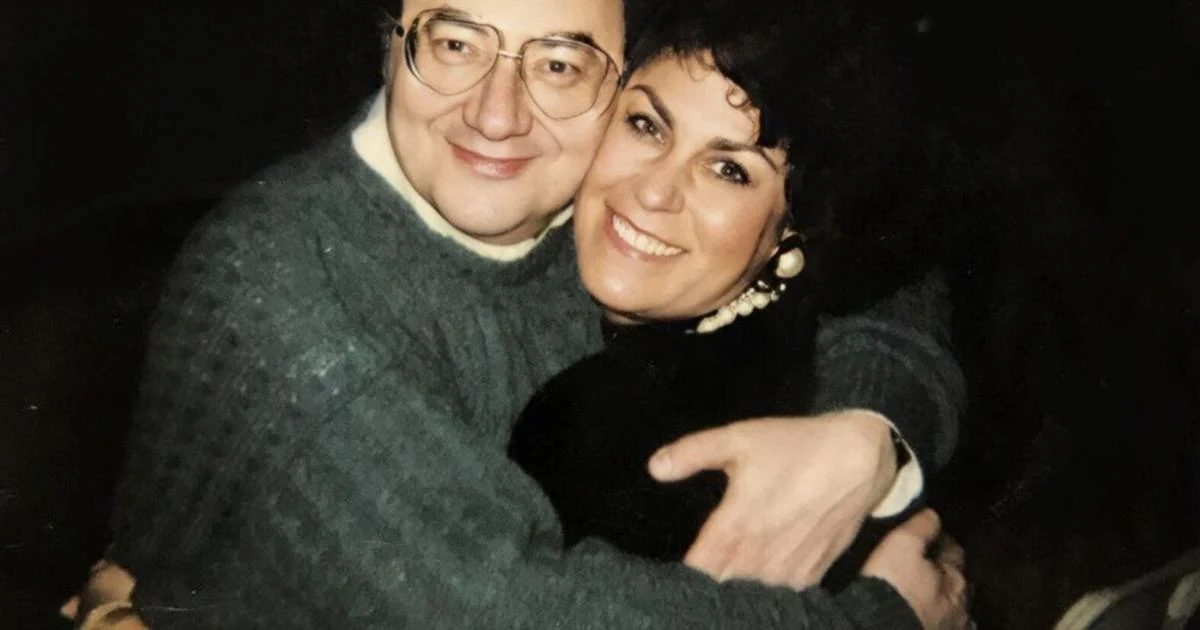Copyright thestar

The homicide detective working the Barry and Honey Sherman case says that after almost eight years, he still has no idea where he is in the probe. “I’m playing blind,” Det. Const. Dennis Yim told a court, using a sports analogy. “I don’t know where I am on the field.” Yim was answering questions in a case where the Star is seeking access to police documents filed in support of search warrants. Yim explained that police have yet to clear any of the myriad “persons of interest” in the case. A person of interest, court has heard, is one rung below a suspect — for example, if someone has speculated to police that the person may have been involved, but there is no hard evidence one way or the other. Asked by a Star reporter if it was true that police have a “suspect” — but can’t prove it, Yim told the court: “I can’t comment on that.” Barry, 75, and Honey Sherman, 70, were murdered on the evening of Wednesday, Dec. 13, 2017. The bodies of the Apotex founder and his wife were found two days later, posed in a semi-seated position in their basement-level swimming pool room. They had just put their 12,000-square-foot home, near Bayview Avenue and Highway 401, up for sale, asking $6.9 million. The Shermans had been strangled with what investigators believe was a thin plastic strap similar to a cable tie. They were bound at the wrist while alive, also with a thin strap, but no bindings were found at the scene of the crime, which was first believed by police and a pathologist to be a murder-suicide. Leather belts looped around their necks and secured to a low safety railing around the pool kept them in a partially upright position. After an initial investigation, the case has for years been probed by one lone officer — Yim — who has been working half-time on the probe for almost two years, aided by an artificial intelligence program. On a schedule agreed to in the Ontario Court of Justice, a Star reporter cross-examines Yim roughly every six months. The most recent appearance was Sept. 18, in advance of legal arguments this week. At issue are roughly 4,000 police documents in a court file containing witness statements, forensic reports, police theories, and more. To date, about 60 per cent of these documents have been unsealed following the Star’s challenges. The Star is arguing that there is a public interest in scrutinizing the investigation. Information already unsealed has revealed numerous problems with the case, including failures to obtain alibis from friends and family of the Shermans; not canvassing all neighbours in the area; failure to gather key surveillance video in a timely fashion; and a decision by the Ontario Ministry of the Attorney General to let lawyers at Apotex determine what police could and couldn’t see on Sherman’s work computer, Blackberry and in his office. The Star has also uncovered information suggesting Honey Sherman called or tried to call 911 during the attack — police won’t answer questions about this, but documents confirm police did conduct tests of the 911 service in relation to the Sherman investigation. At the September hearing, Yim, who has been on the case since the start, repeated what he has said for eight years. The case is ongoing, and certain parts of the probe must remain sealed to protect the integrity of the investigation. Justice David Porter, who is hearing the Star’s application, has raised with Yim the possibility that he should be “shaking a tree” by releasing more of the sealed documents. Porter suggested this would aid the case by causing someone with information to come forward. Yim has told court the tree is simply too large to shake. Yim often uses metaphors to describe the probe. He says that answering questions directly would hurt the case and violate the court seal on the documents. Some years ago, long before Porter was presiding (the previous judge who sealed the warrants has retired), Yim revealed that police do have a “theory” of what happened — who the killers are. Continuing the tree analogy, Yim explained: “There is one main theory of the case, but it can branch off into different avenues,” which are “related.” Court has heard that police are seeking evidence domestically, but also in five countries around the world. Yim won’t name the countries. In 2021, Yim used a sports metaphor, likening the case to a football field. He said he was waiting for that one big break that would blow the investigation wide open. Until then, he was plodding along, reading documents and spreadsheets related to Sherman’s business empire and poring over old witness statements. “Sometimes I feel like I’m playing football blind,” Yim told court. “I don’t know if I am at the one-yard line, or in the middle of the field. It’s hard to answer that question. Something could happen tomorrow that would change my answer. It’s dynamic and it’s still active. I would have to predict the future to answer that question, and I can’t do that.” This past September, Yim went back to the football analogy. Four years later, nothing had changed. He was still “playing blind.” Yim’s stated goal in all of his appearances in court is to keep certain information sealed. Among his reasons: he is worried about the safety of people who have (in their statements) speculated about who did the killing; he’s concerned about the identities of people speculated about, who were not involved in the murders and would be stigmatized if the unsubstantiated allegations got out; and he’s worried about releasing “holdback” information that he needs to keep in his investigative back pocket, to corroborate information police may receive down the line. The Star has pointed out that despite its extensive reporting revealing many pieces of information obtained by sources outside the court process, including detailed information about the crime scene, the Toronto police have not once complained. The Star put it to Yim that he is just going through the motions “by making it appear that it’s an active and ongoing case.” “I don’t think so,” he responded. The Star then asked: “Is it not true that you do have a suspect and you’re just incapable of proving it?” Yim: “I’m not going to comment on that.” Court heard police have not interviewed anyone in the case for two years. The last time police obtained new information with a search warrant or production order was three years ago. Historically, the Toronto police classify cases “cold” after five years, according to a review of cold cases on the force’s website. The Star asked Yim if he and Det. Sgt. Brandon Price (who oversees Yim’s work) are capable of solving the case. “I believe we have the knowledge to solve this case,” Yim testified. The Star asked if it was time to get someone else at the Toronto police involved, perhaps a senior investigator with a long track record of solving tough cases. “That isn’t really up to me,” Yim replied. The Star and Crown attorney Molly Flanagan will conclude their arguments in this phase of the case this week. Justice Porter will release his ruling at a later date. From time to time, Toronto Star reporters represent the paper in court, typically to request access to closed court proceedings and sealed documents. In the situation described in the above story, chief investigative reporter Kevin Donovan represented the Star in court in its application to unseal police search warrant materials related to the ongoing Barry and Honey Sherman murder investigation.



